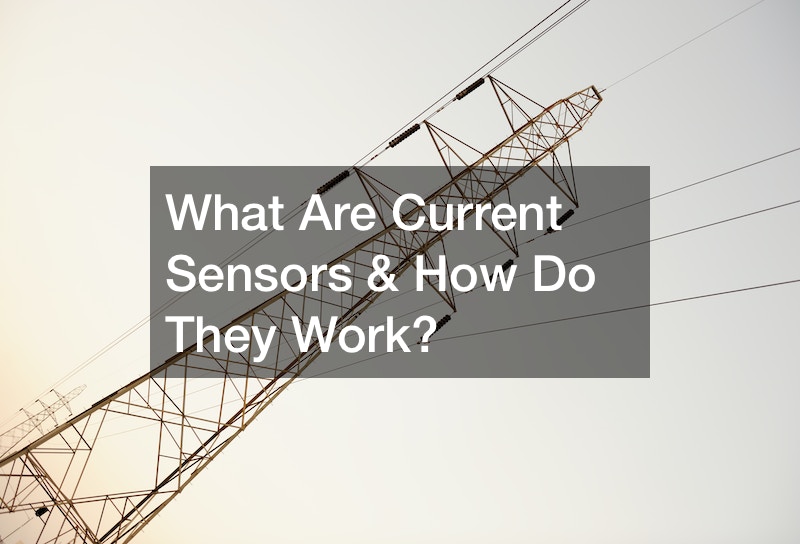
This video provides an overview of current sensors and explains how they function. A current sensor measures alternating (AC) and direct (DC) currents. They do this by employing the magnetic field to detect and produce a corresponding output. They quantify active current without disrupting the circuit.
When electric current moves through a conductor, it generates a magnetic field proportional to the size of the conductor itself. Current transformers utilize this magnetic field to calculate the flow of electric current.
There is a wire around a core in the structure of an AC sensor. Whenever current flows through the conductor, it creates a magnetic field, which initiates an electrical output in the wire contained within the current sensor. A DC sensor performs a similar function but depends on Hall effect innovation for its effective operation. A central component, Hall effect equipment, and transmitter and receiver circuitry are the three components that make up a Hall effect sensor.
Sub-metering, where electricity consumption is tracked separately for multiple tenants, is one example of the many fields where current transformers are indispensable. In addition to lowering costs and increasing productivity, they can aid facility regulatory oversight by supplying data on energy consumption.

